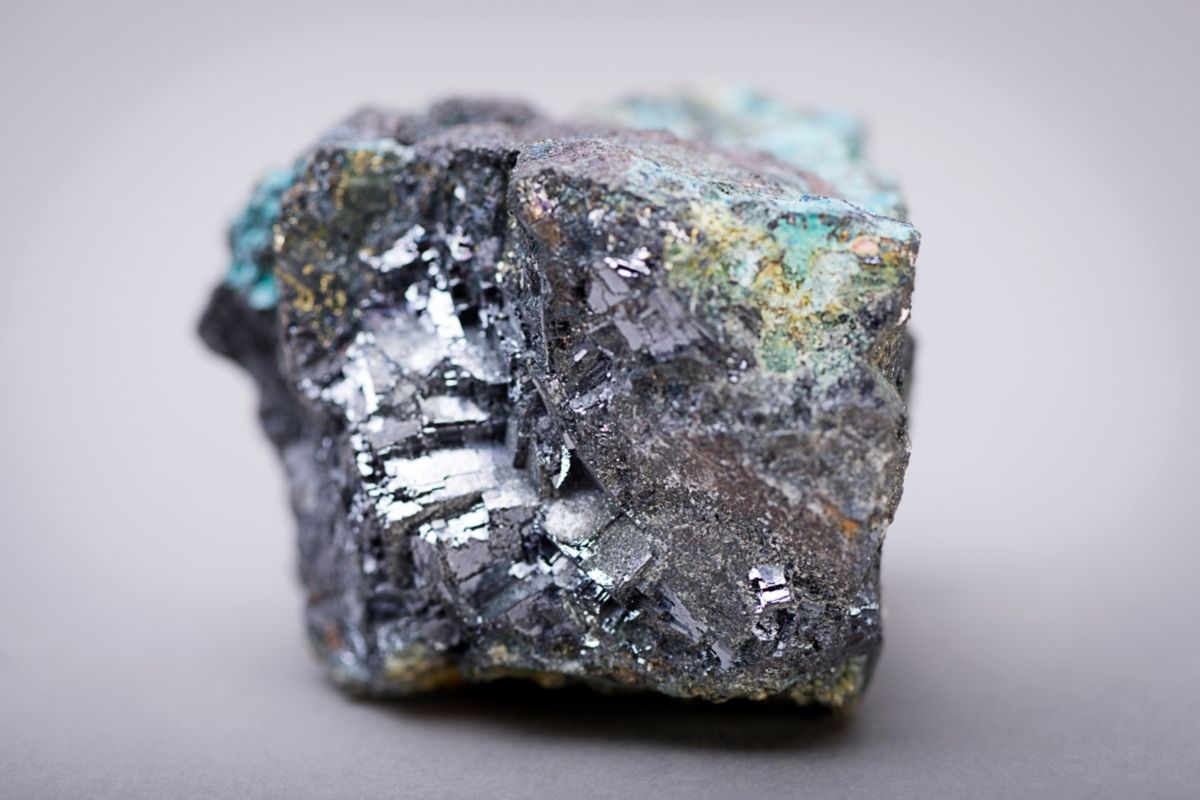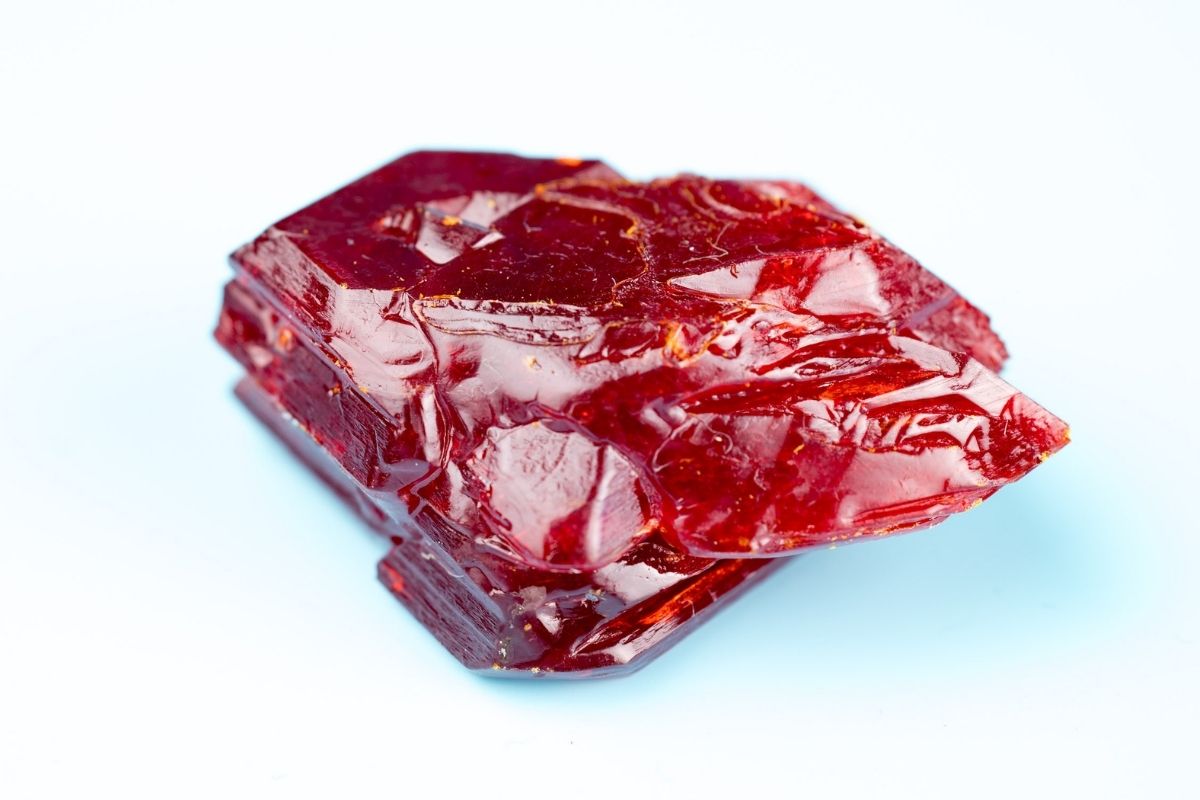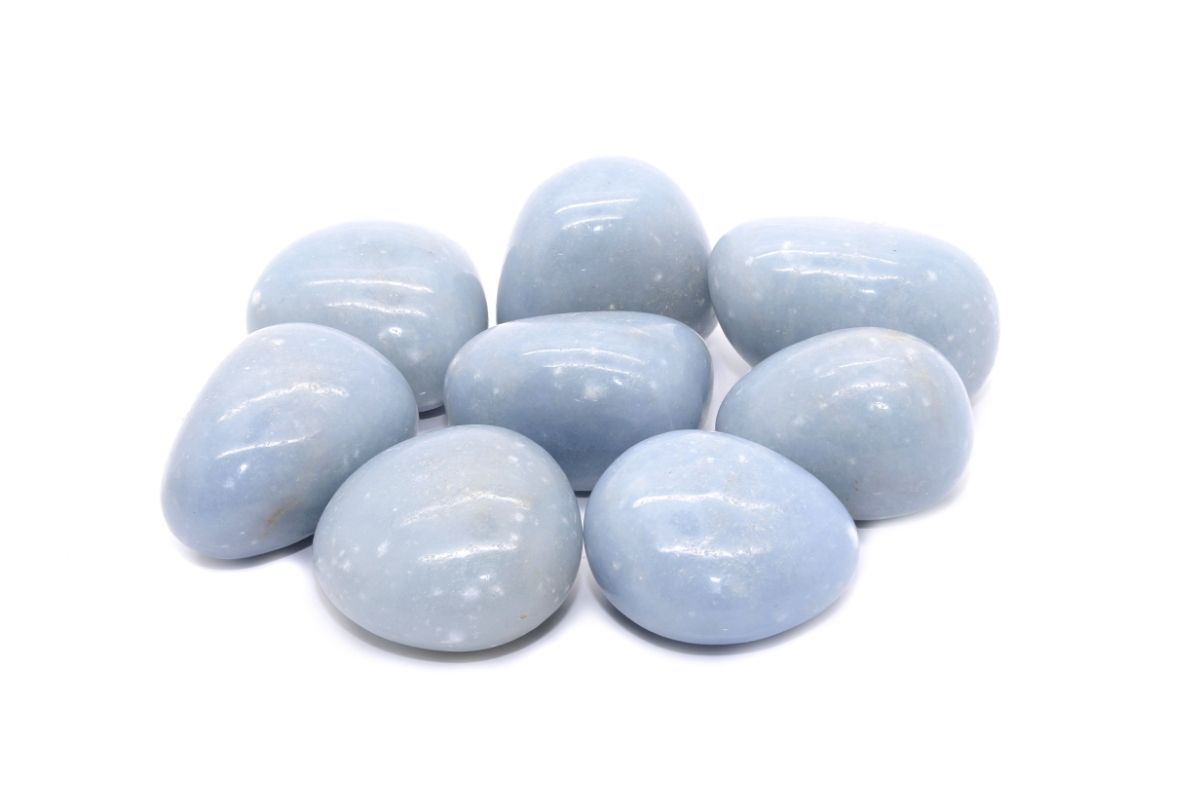Crystals are rocks that have been altered by heat and pressure to form a regular, geometric pattern of minerals.
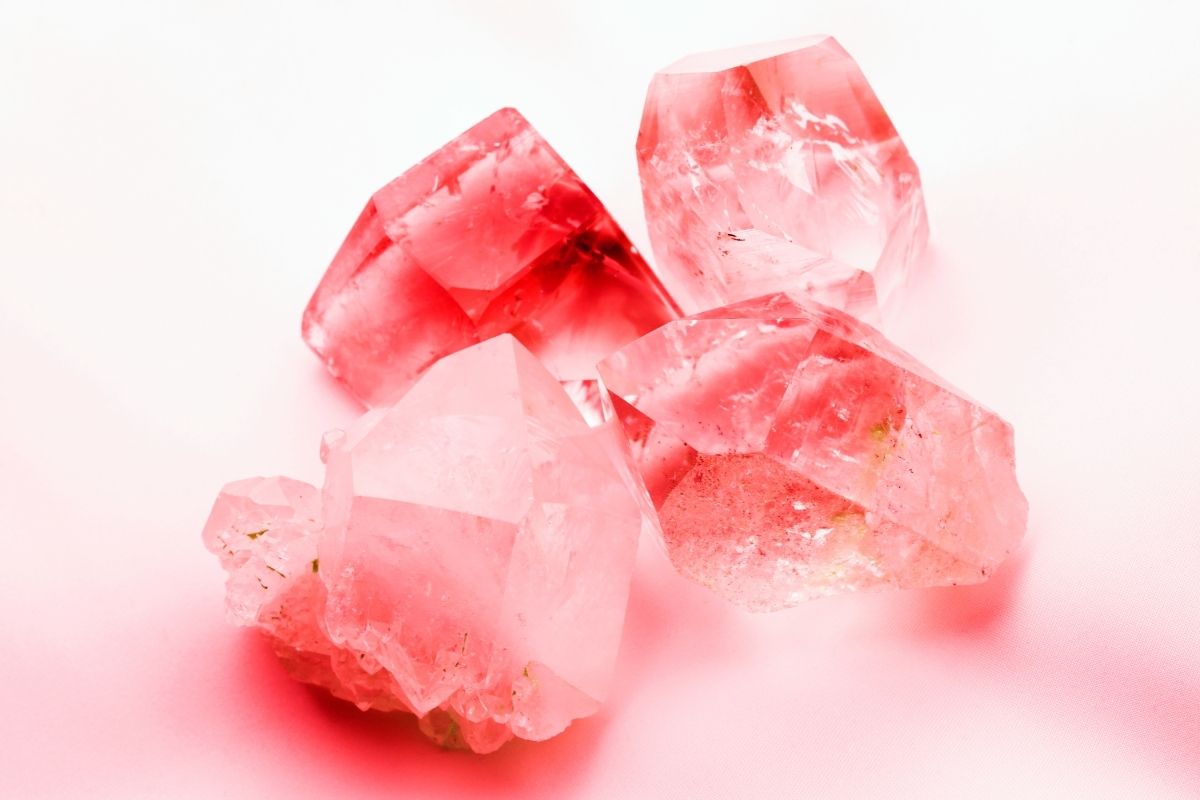
Crystals can be found in many places on the earth’s surface. They may occur as single crystals or as part of a rock formation.
The most common type is quartz, which occurs naturally in various forms such as agates, jasper, chalcedony, amethyst, fluorite, calcite, etc.
What Is A Crystal?
A crystal is an example of a mineral formed under high temperature and pressure conditions.
It is usually composed of silicon dioxide (SiO2) and oxygen atoms bonded together into long chains called polymers.
These polymers are arranged in three dimensions in a regular structure with specific symmetry. This arrangement is called crystalline order.
The simplest type of crystal has only one polymer chain per unit cell; this is called monocrystalline. Polymerization continues until all space between the molecules is filled, creating a solid mass of material.
The second type of crystal is made up of two or more polymers arranged side-by-side in each unit cell. This is called multicrystalline.
The third type of crystal is made of several layers of molecules stacked on top of each other. In this case, there is no periodic ordering of the molecules within each layer. This is known as a disordered crystal.
The most important characteristic of a crystal is its ability to maintain a stable molecular arrangement when subjected to stress.
When a crystal is stressed, it will break along planes of weakness. If the stress is applied at right angles to these planes, then the crystal will split into smaller pieces.
If the stress is parallel to the plane of weakness, then the crystal will fracture into thin sheets.
How Do Crystals Form?
When a molten substance cools, it often forms a crystal. For example, if you pour water from a pot onto a cold plate, it will immediately begin to freeze.
As the ice begins to grow, it eventually becomes large enough to push out some surrounding liquid.
Eventually, the ice grows so big that it pushes all the remaining liquid out of the way. At this point, the ice has become a solid block of water.
When a molten substance is poured into a mold, it also tends to form a crystal. However, the shape of the mold determines how the crystal will develop.
For example, if a piece of glass is placed inside a dish, the resulting crystal will look like a flower. If the same piece of glass is put inside a bowl, the resulting crystal will appear to be flat.
In addition to being shaped by molds, crystals can also be influenced by the presence of impurities. Impurities can cause crystals to take on certain shapes.
For example, iron oxide can make quartz appear greenish. Calcium carbonate can make limestone appear white. Aluminum sulfate can make gypsum appear yellow.
We know that you, like us, are fascinated by all the intangible things that make life magical
Why Do Crystals Have Different Shapes?
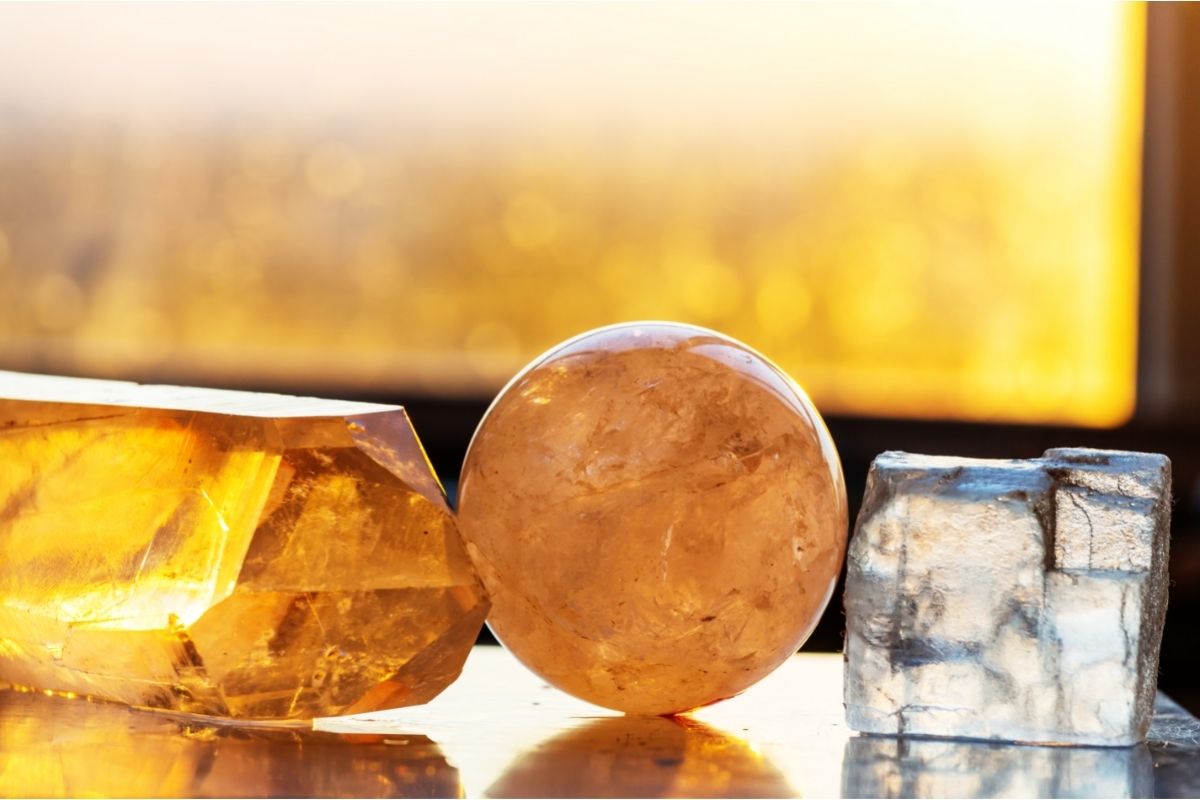
Crystals have their own unique shapes because they were originally formed in a particular environment.
If a crystal was formed deep underground, where the pressure was very low, it would probably assume a spherical shape.
If the crystal was formed near the surface of the Earth, where the pressure was much higher, it would probably assume an elongated shape. The shape of a crystal depends on many factors, including:
- The size of the original particle. Smaller particles tend to have more rounded shapes than larger ones.
- The temperature and pressure conditions under which the crystal grew. High temperatures and pressures produce long, slender crystals. Low temperatures and pressures produce short, round crystals.
- How fast the crystal cooled after it was formed. Slow cooling produces small, rounded crystals. Fast cooling produces long, slender crystals.
- The presence of impurities. These may alter the shape of a crystal. For example:
- Iron oxide makes quartz appear greenish.
- Calcium carbonate makes limestone appear white.
- Aluminum sulfate makes gypsum appear yellow
- Carbon dioxide makes calcite (calcite) appear pink.
- Water vapor makes quartz appear blue.
What Causes Crystals To Change Shape?
If a crystal is heated or cooled slowly, it will change shape. This happens because as the crystal changes shape, it also loses heat energy.
Heat energy is stored in the bonds between atoms. When a crystal loses heat energy, its atoms move closer together.
This causes the crystal’s volume to decrease. In other words, when a crystal shrinks, it takes up less space.
If a crystal is heated quickly, it will not shrink. Instead, it will expand. This occurs because heat energy is added to the crystal.
Heat energy is stored within the crystal’s atoms. When a crystal absorbs heat energy, its atoms vibrate faster. The faster vibrations cause the atoms to move farther apart. As this happens, the crystal expands.
When a crystal cools, it does not lose heat energy. Rather, the reverse process occurs. Heat energy is removed from the crystal.
As the crystal becomes colder, its atoms move closer to each other. This causes the crystal to shrink.
Are Crystals Rocks?
Yes! They are made of minerals that form in different environments. Some minerals form deep inside the earth, while others form near the surface.
Some minerals are hard and shiny, but some are soft and dull. All of these minerals are found in nature.
How Do You Know If A Rock Is A Mineral?
A rock contains at least one mineral. Minerals are substances composed of atoms that are held together by chemical bonds.
A mineral has a definite chemical composition. It is usually a compound containing two or more elements.
Most minerals are either metals or nonmetals. Metals are those elements that conduct electricity. Nonmetals are those elements that do not conduct electricity.
Minerals can be divided into three groups based on how they are shaped:
- Crystalline minerals – These minerals are solid solids. They look like tiny crystals. Examples include quartz, feldspars, mica, and pyroxene.
- Amorphous minerals – These minerals have no regular shape. Their appearance varies with their surroundings. Examples include clay, sand, and glass.
- Organic minerals – These minerals contain carbon-based compounds. They are often called “carbonates”. Examples include chalk, marble, and coal.
Conclusion
In conclusion, crystals are rocks that can consist of many shapes and forms depending on how deep in the earth they are and the environment they have been grown in.
Everyday Insight
Richard Pryn, the man behind Everyday Insight, is a professional composer and has always been fascinated with the esoteric & spiritual. He has trained as a Pranic Healer and as a Dowser. These spiritual studies have included the study of crystals, earth energies, manifestation and lifestyle design.We know that you, like us, are fascinated by all the intangible things that make life magical
